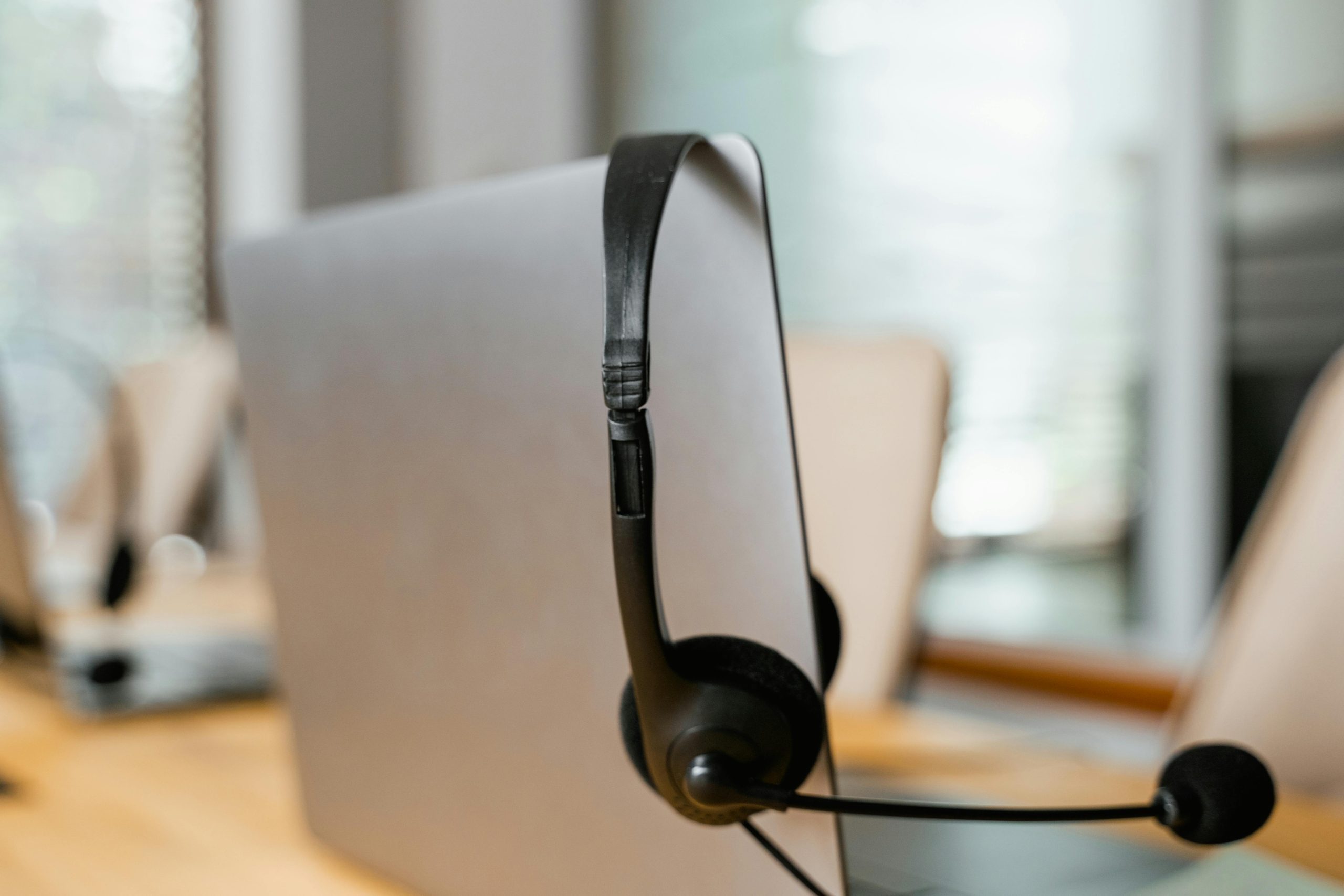Troubleshooting a PC Stuck in a Reboot Loop: What to Do When You Hear Clicking Sounds
Have you ever experienced the frustrating issue of your computer continuously rebooting, accompanied by an unsettling clicking sound? If so, you’re not alone. This problem can be caused by various factors, and understanding what might be going wrong is the first step toward resolution.
Understanding the Symptoms
When your computer enters a reboot loop, it may display a series of error messages or fail to show any signs of life beyond the initial startup screen. The clicking sound, often associated with hardware troubles, could be emanating from your hard drive or another component struggling to function properly.
Common Causes of the Reboot Loop
-
Hard Drive Malfunction: The clicking noise could indicate that your hard drive is failing. This sound often resembles a series of repeated clicking or popping, which is sometimes referred to as the “click of death.” If this is the source of the problem, you may need to consider data recovery options and hardware replacement.
-
RAM Issues: Another potential culprit could be your computer’s memory (RAM). Faulty RAM can lead to unstable system performance, causing repeated crashes and reboots.
-
Power Supply Problems: Insufficient or unstable power supply can also trigger reboot loops, preventing your computer from starting up correctly.
-
Corrupted System Files: Occasionally, system updates or unwanted software installations can corrupt essential operating system files, leading to boot issues.
Steps to Resolve the Issue
If you’re faced with this dilemma, here are some troubleshooting steps you can follow:
-
Disconnect External Devices: Start by removing any USB drives, external hard drives, or peripherals that may interfere with the boot process.
-
Check the Hard Drive: If you suspect the hard drive is the source of the clicking noise, consider using diagnostic tools to assess its health. Many manufacturers provide tools that can check the status of your hard drive.
-
Test the RAM: Reseat your RAM modules or test them individually if your motherboard allows for it. This may help identify any faulty memory sticks.
-
Inspect the Power Supply: Ensure the power supply unit (PSU) is functioning adequately. If you have a spare PSU available, swapping it out can help rule out power issues.
-
Boot in Safe Mode: Try booting your computer in Safe Mode. This can sometimes bypass issues and allow
Share this content:




Hi there,
It sounds like you’re experiencing a challenging hardware boot issue, especially with the clicking sound which often indicates a potential hard drive failure. Here are some steps you can take to troubleshoot and resolve the problem:
Additional suggestions include inspecting internal cables, ensuring proper cooling, and consulting a hardware specialist if needed. If the clicking persists and the drive shows signs of failure, prioritize data backup